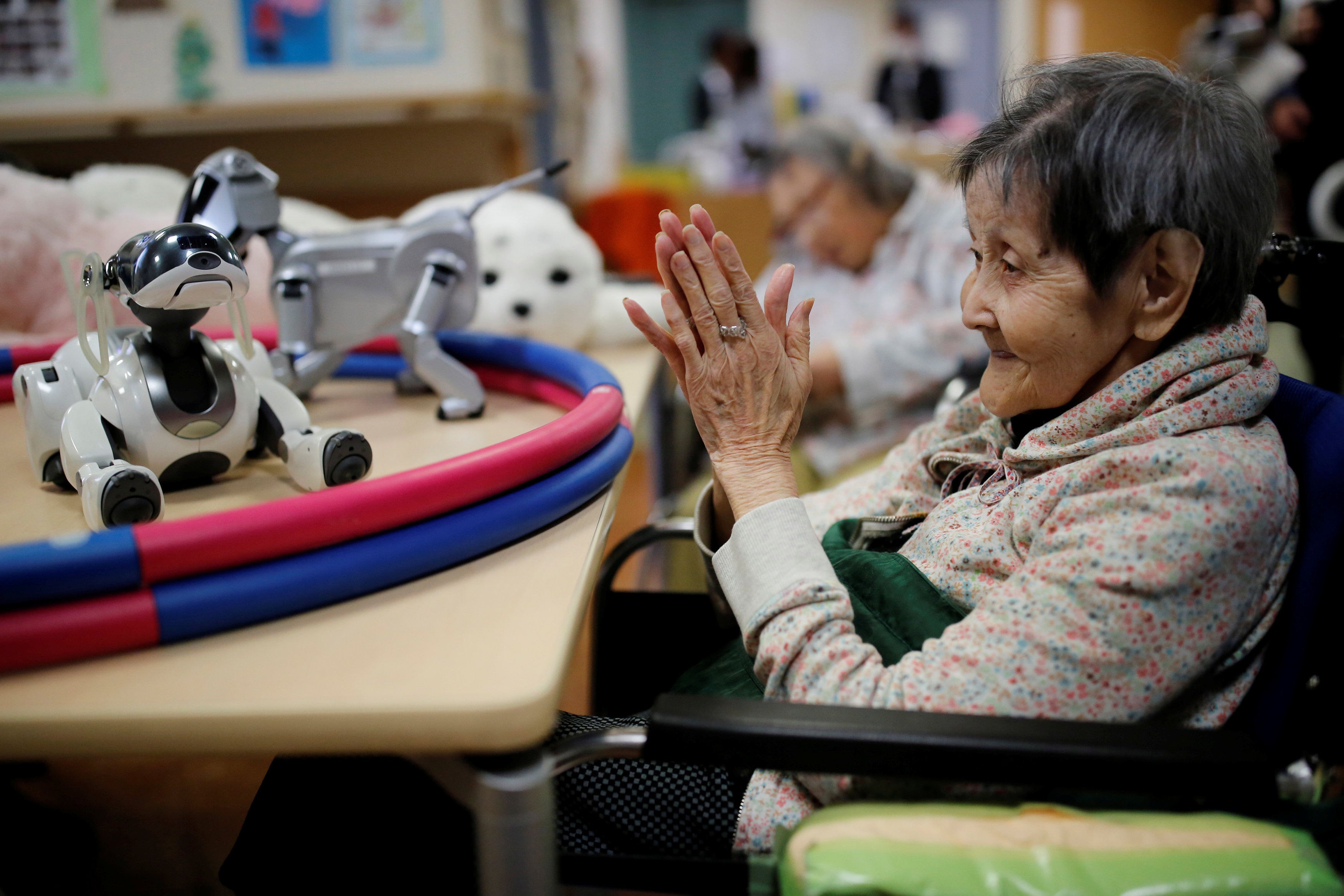While automation will eliminate very few occupations entirely in the coming decades, it is likely to have an impact on portions of almost all jobs to some degree—depending on the type of work and the tasks involved.
Set to move beyond routine and repetitive manufacturing activities, automation has the potential to appear in a much broader range of activities than seen until now, and to redefine human labor and work style in services and other sectors, IPSNews reported.
In Japan, the rapid decline in the labor force and the limited influx of immigrants create a powerful incentive for automation, which makes the country a particularly useful laboratory for the study of the future landscape of work.
Japan’s estimated population fell by a record-breaking 264,000 people in 2017. Currently, deaths outnumber births by an average of 1,000 people a day. The Tohoku region in northern Japan, for example, now has fewer inhabitants than it did in 1950.
Japan’s birth rate has long been significantly below the 2.1 births a woman needed to sustain growth—it currently stands at about 1.4 births a woman—and unlike for many other advanced economies, immigration is not sufficient to fill the gap.
Nearly a third of Japanese citizens were older than 65 in 2015—research from the National Institute of Population and Social Security Research suggests that number will rise to nearly 40% by 2050.
The Population Division of the UN Department of Economic and Social Affairs released an estimate for Japan that showed the country’s population will dip below 100 million shortly after the middle of the 21st century. By the century’s end, Japan stands to lose 34% of its current population.
Automation to Replace Human Labor
Japan is no stranger to coping with limited resources—including labor—and has historically been a leader in technological development. Automation and robotics, either to replace or enhance human labor, are familiar concepts in Japanese society. Japanese companies have traditionally been at the forefront in robotic technology. Firms such as FANUC, Kawasaki Heavy Industries, Sony, and the Yaskawa Electric Corporation led the way in robotic development during Japan’s economic rise. Automation and the integration of robotic technology into industrial production have also been an integral part of Japan’s postwar economic success.
Kawasaki Robotics started commercial production of industrial robots over 40 years ago. About 700,000 industrial robots were used worldwide in 1995, 500,000 of them in Japan.
Japan is still a leader in robot production and industrial use. The country exported some $1.6 billion worth of industrial robots in 2016—more than the next five biggest exporters (Germany, France, Italy, United States, South Korea) combined.
Japan is also one of the most robot-integrated economies in the world in terms of “robot density”—measured as the number of robots relative to humans in manufacturing and industry. Japan led the world in this measure until 2009, when Korea’s use of industrial robots surged and Japan’s industrial production increasingly moved abroad.
Wide Gap in Productivity
The success of the first marriage of Japan’s labor force with robotics—the automation of key sectors such as the automotive and electronics industries in the 1970s, 1980s, and 1990s—augurs well for the next wave of technology and artificial intelligence and for an impact on employment and wages beyond manufacturing.
First, the gap in productivity growth between the manufacturing and services sectors in Japan is extremely wide. While there are many causes, the largest gains in industrial productivity have been closely correlated with increased use of information and communication technology and automation.
Perhaps it is no coincidence that the most productive manufacturing sectors in Japan—automotive and electronics—are the ones whose production processes are heavily reliant on automation. By contrast, the services sector, which accounts for 75% of GDP, has seen little annual productivity growth—only about half that of the United States. Labor productivity has roughly tripled since 1970 in manufacturing, but improved by only about 25% in the nonmanufacturing sector.
The coming wave of automation technology and artificial intelligence promises new possibilities for replacing or augmenting labor in the nonmanufacturing sector (for example, in transportation, communications, retail services, storage and others).
Firms Embracing New Technology
According to several government reports (including the Bank of Japan’s Regional Economic Report and the annual survey on planned capital spending by the Development Bank of Japan), even small and medium-sized firms are embracing new technology to compensate for scarce labor and stay competitive.
For example, Family Mart, a Japanese retail convenience store chain, is accelerating implementation of self-checkout registers, while the restaurant group Colowide and many other restaurant operators have installed touch-screen order terminals to streamline operations and reduce the need for staff.
Other examples abound in health care, financial, transportation, and other services—including robot chefs and hotel staff.
Second, empirical evidence suggests that—contrary to fears for the worst—automation and increased use of robotics have had an overall positive impact on domestic employment and income growth.
Reasons for Automation
Japan’s progress in automation, use of robots, and integration of artificial intelligence with daily living is likely to move at a faster pace than in many other advanced economies for several reasons:
Shrinking population and the more rapidly shrinking workforce: As noted above, the constraint on productivity implied by a secular decline in the labor force will effectively push many industries to invest in new technology—as appears evident in Japan now, including among small and medium-sized enterprises, which have a more difficult time attracting and retaining labor. Japan is not alone in this demographic trend, but is well ahead of other advanced economies.


